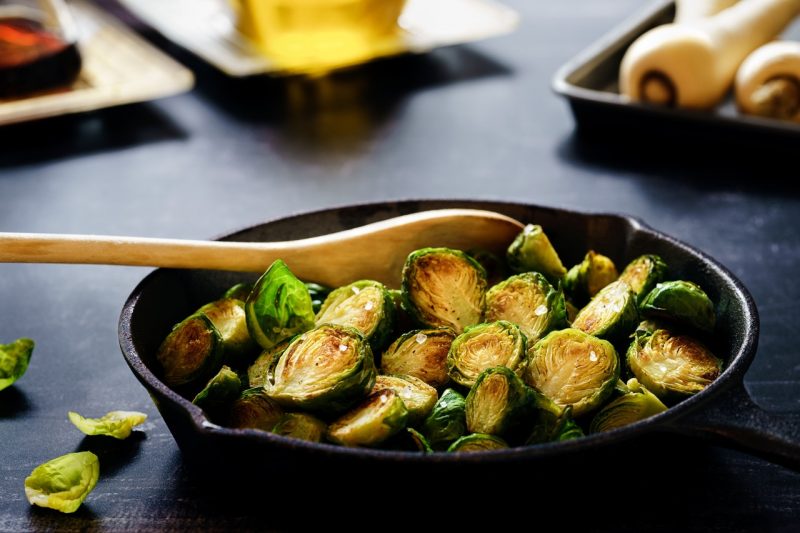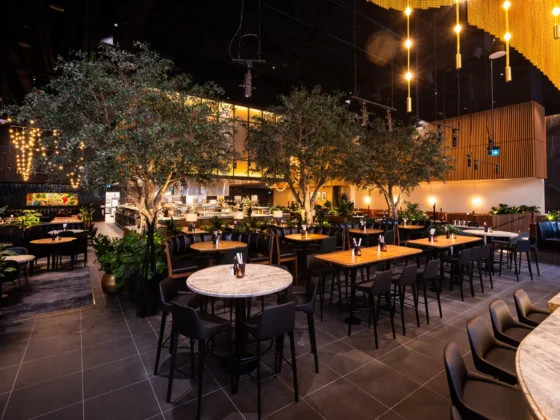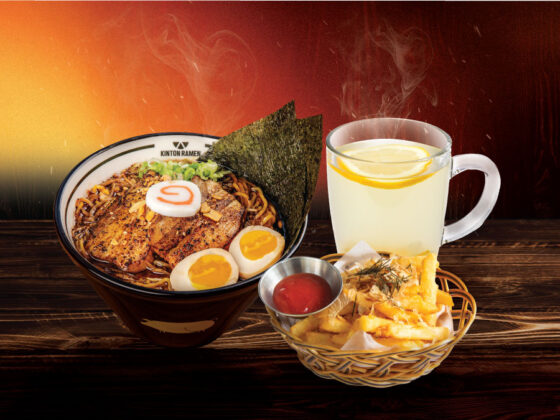Cast iron is an amazing material that has been used for countless purposes over the centuries. From weapons of war to structural support for buildings to automobiles, it’s impossible to imagine the modern world without it.
This article takes a look at the different types of cast iron that have been developed over the years. Each type offers unique characteristics with benefits that make them extremely useful across a wide variety of industries.
Keep reading for insight into the various cast iron types as well as how they can be used.
ADVERTISEMENT |
Gray Iron
Gray iron offers high compressive strength. It’s composed of a supersaturated solution of carbon in an iron matrix.
The tensile strength of gray iron makes it useful for situations such as placing ribs on the compression side of a plate rather than on the tension side. This produces a stronger yet lighter component.
In many circumstances, alloy elements are added in order to increase the hardness in gray iron, making it ideal for abrasive applications.
This type of cast iron is ideal for brake drums, discs, engine blocks, and gears.
ADVERTISEMENT |
Compacted Graphite Iron
Formerly known as vermicular iron, CGI or compacted graphite iron is difficult to produce on a commercial scale. Because of this, it’s used less in major construction projects.
CGI contains many of the favorable properties of gray and ductile iron. Yet, due to process-control difficulties, the additions that are allowed are extremely limited.
This type of cast iron offers tremendous strength, high thermal conductivity, good damping capacity, and fatigue resistance. This makes it useful for exhaust manifolds and as an aluminum replacement in gear pumps.
White Iron
This type of iron is produced through a process at an iron foundry wherein selected areas of casting in the mold are “chilled”. This chilling prevents graphitic carbon from precipitating out. The principle advantage of this material is that it costs less than other types of cast iron.
White iron is commonly used for applications that require wear and abrasion resistance, including shot-blasting nozzles and mill liners.
ADVERTISEMENT |
Ductile Iron
Also known as nodular iron, this material contains small spheres that improve stiffness and strength, as well as increased shock resistance.
It’s a popular material for crankshafts and heavy-duty gears, as well as for automotive door hinges. Ductile iron also offers good machinability, fatigue strength, and wear resistance.
High-Alloy Irons
A high-alloy iron is a gray, white, or ductile iron that contains three or more than 30% alloy content. These irons are typically specified by their chemical composition and mechanical properties.
ADVERTISEMENT |
Malleable Iron
There are three basic types of malleable iron. These are ferritic, pearlitic, and martensitic. Each contains a unique microstructure, resulting in various production advantages and disadvantages.
Castings made of this type of iron are typically used for heavy-duty surfaces in automobiles, construction machinery and railroad rolling stock.
A Guide to the Different Types of Cast Iron
Cast iron is an interesting material with many industrial and commercial uses. This guide to the different types of cast iron will help you have a better understanding of each of them.
ADVERTISEMENT |
Keep scrolling to discover more articles about fascinating products and services.






